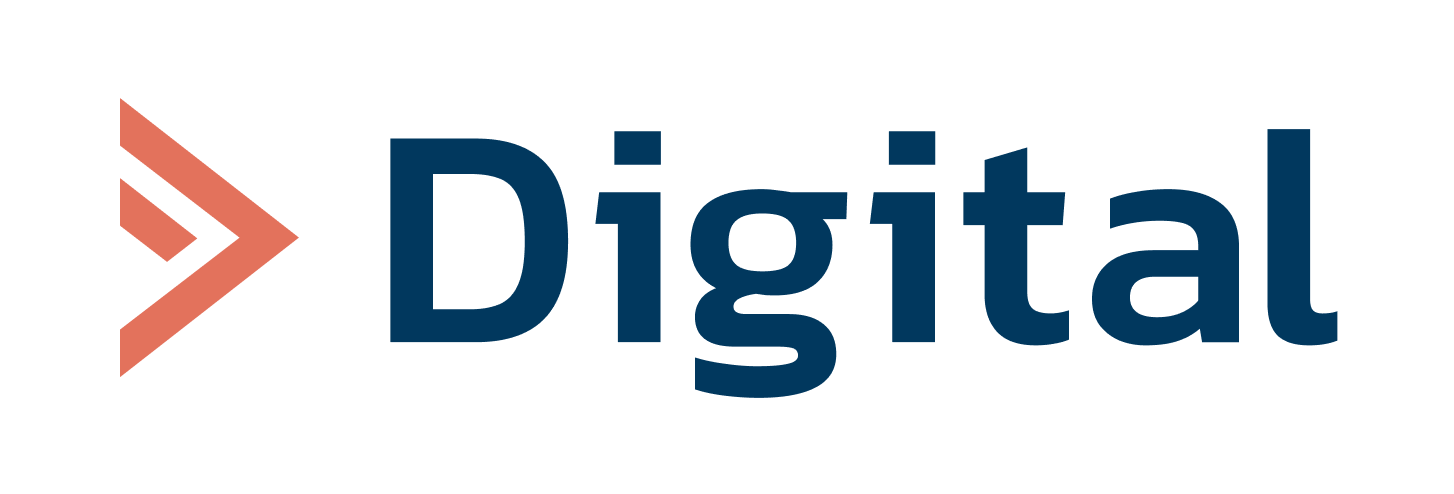When people talk about digital health, they usually mean Zoomers and Millennials. A Rock Health (2024) survey shows: 68% of Millennials and 60% of Zoomers used virtual healthcare over the past year. Against this backdrop, it’s easy to believe that the healthtech market is aimed only at the young.
But it seems we’ve overlooked an important fact: smartphones and medical apps are rapidly being adopted by older adults. And not just adopted — they are becoming one of the key groups shaping the market’s development.
We discussed this with psychiatrist, co-founder and Chief Medical Officer of Sequoia, Olga Neudakh.
Today, we see several areas where digital solutions are especially in demand among older people:
- Cardiology: smartwatches with ECG, apps for blood pressure monitoring and medication reminders.
- Diabetes: integration of glucose meter data, carbohydrate tracking, A1c forecasts, and data sharing with physicians.
- Cognitive health: apps to support memory, attention, and reaction time.
- Dermatology: AI tools for initial assessment of skin lesions, some already FDA- and CE-certified.
- Men’s health: platforms that allow sensitive issues to be discussed “anonymously,” lowering barriers to seeking help.
The market is expanding rapidly. According to Allied Market Research, global healthtech was valued at $908.5 billion in 2023, while the segment of digital health for older adults is growing by 15–20% annually. In the U.S. alone, this market has already exceeded $30 billion.
Still, challenges remain. “The main issues are trust, usability, and security. Older adults are more likely to choose products that have proven effectiveness and carry physician recommendations. Interfaces, however, are often designed for younger audiences, which becomes a barrier. Add to this the fear of fraud — and it becomes clear that startups will have to meet very different expectations,” notes Olga.
Key requirements for future applications include: large, high-contrast fonts, simple navigation, voice input, and step-by-step guidance. All features that reduce anxiety and make use intuitive.
What’s next? In 20–30 years, virtually the entire adult population of the planet will be digital. Already, telemedicine in Africa is seen as a practical way to overcome shortages in healthcare services, while in Europe discussions focus on simplifying digital medical documentation.
The world is aging. And with it grows the demand for convenient, reliable, and accessible digital solutions. That’s why the central question today is this: will healthtech developers manage to adapt to this audience in time?

